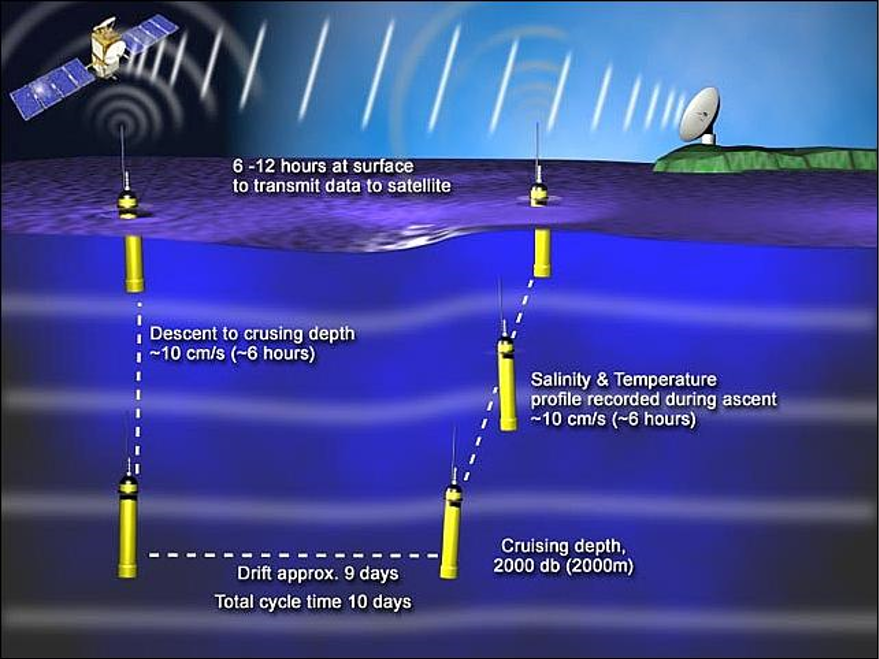Background:
One of the main challenges for convective-scale atmospheric modelling in the Arctic is the representation of the ocean and sea-ice conditions. The upper ocean response on short (weather) time-scales (1 to 5 days) is mostly determined by air-sea-wave interaction. This can, for example, be observed as a diurnal atmosphere-ocean variability or during Cold Air Outbreaks when air-sea fluxes are largest due to strong winds and large differences between the ocean and the cold atmospheric temperatures occurs.
An improved understanding of the complex interplay of the turbulent upper ocean and the convective-scale atmosphere is crucial to advance predictive skill and uncertainty estimates of weather forecasts.
The project:
In the proposed Master thesis it is planned to use the General Ocean Turbulence Model (GOTM), in order to simulate the upper ocean’s response to wave and atmospheric conditions. GOTM is a 1D (vertical column) model and can resolve the upper ocean with a very high-resolution. It solves the one-dimensional equations for the transport of heat, momentum, and salt and allows for various options for the description of turbulent quantities. The model will be forced by existing high-resolution atmospheric hindcasts of a coupled atmosphere-wave model.
Simulations with the GOTM model will be performed along the trajectories of ocean surface drifter and ARGO floats (autonomous vertical ocean profilers).
The goal is to gain an improved understanding of surface processes controlling high-frequency ocean surface variability. The GOTM model can be set up with different parameterizations of turbulent quantities and assumptions on the surface atmospheric- and wave-induced fluxes. Also, idealistic studies can be performed to better understand the major drivers and possible modelling opportunities in a coupled weather and ocean forecasting system.
The master thesis project can be affiliated with the project (FOCUS - Accounting for forecast uncertainties in communicating sea ice and weather information in the Arctic https://focus-arctic.com/), which is a research project to advance atmosphere, ocean, sea-ice coupled forecasting systems.

Click here for a bigger version of the picture.